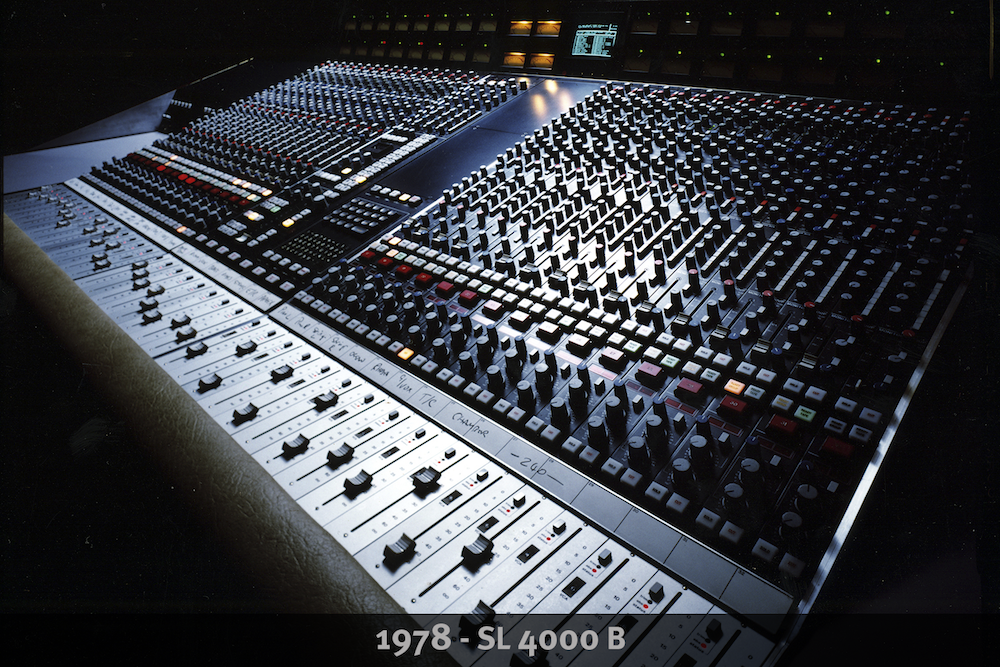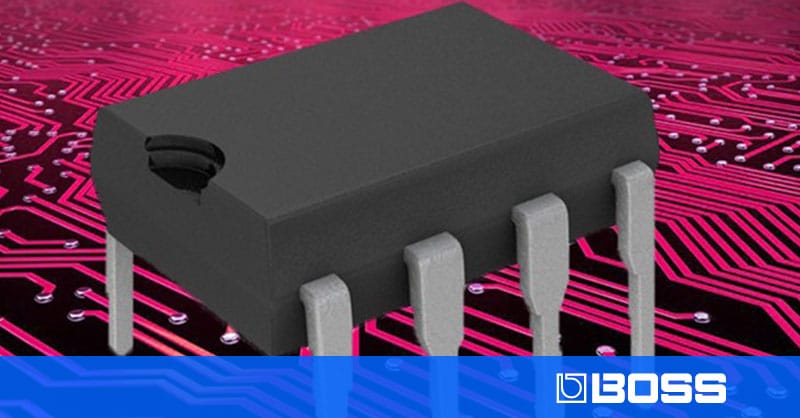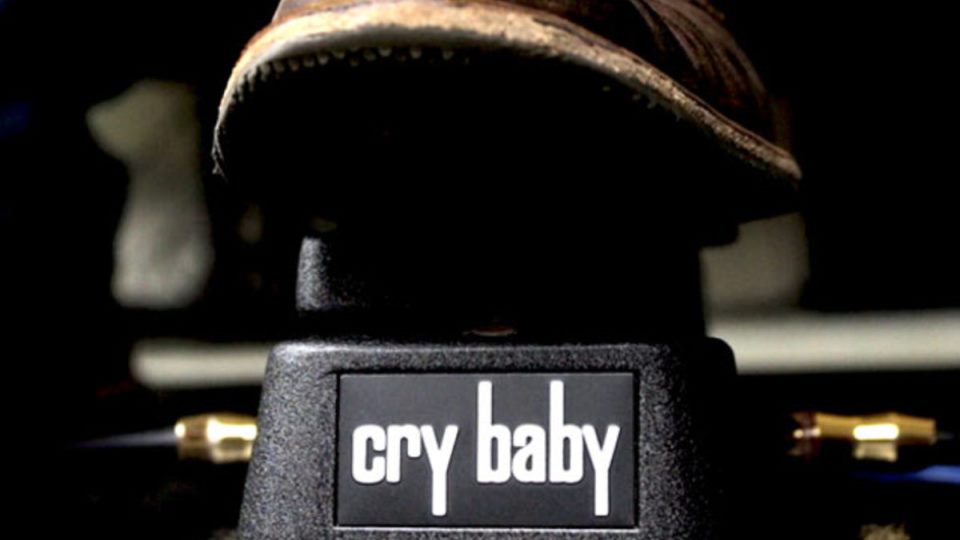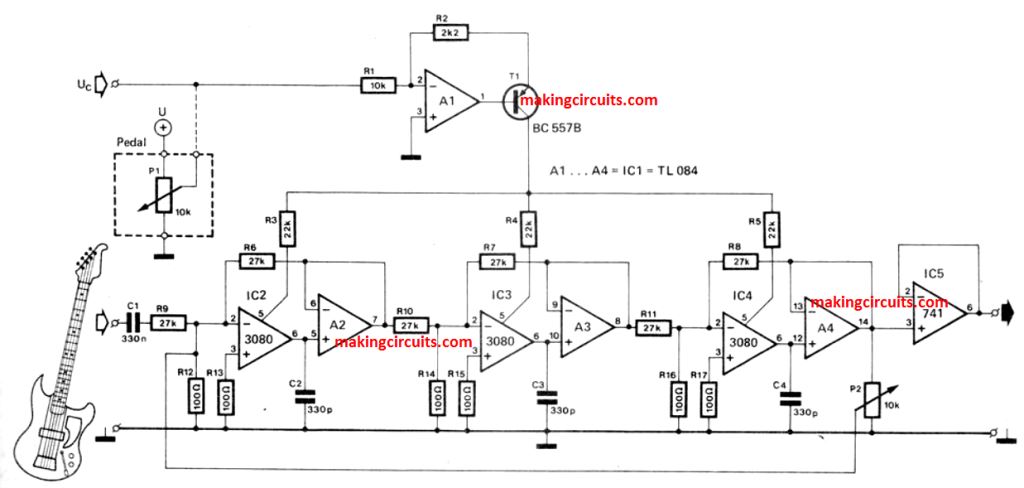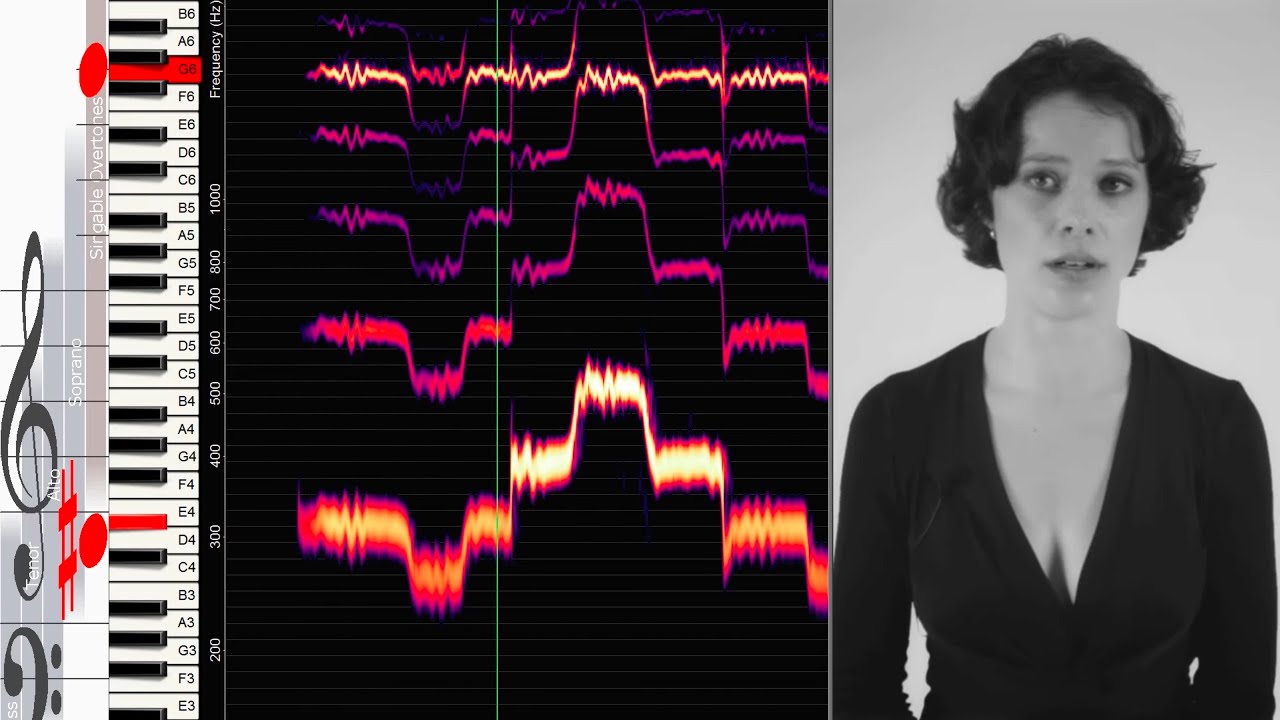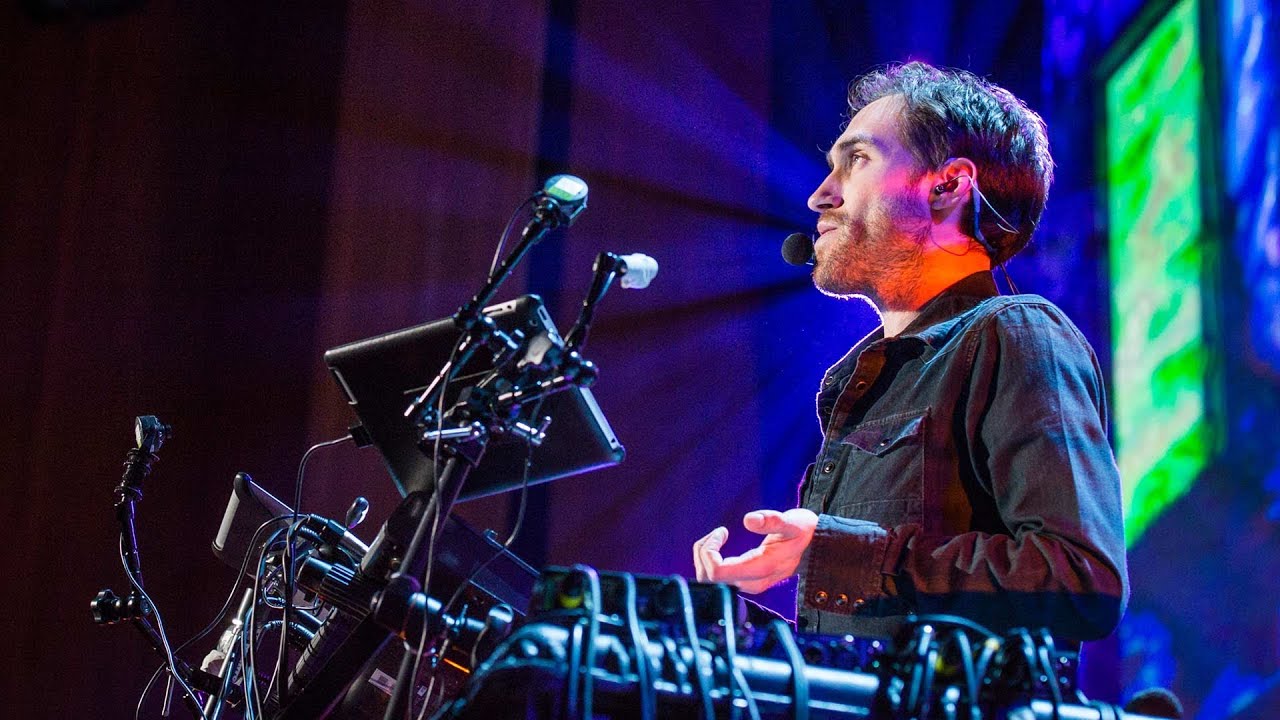How to make a delay effect that can be used for processing sound :
Let me explain about samplerate, clocksignal and doing measurements at fixed moments in time :
If you ever have used an analog scope or a digital scope and change the timebase while looking at a signal, you understand what i mean with time-zoom in the following sentences.
An analog audio signal is really a variation in dc level at discrete points in time when you time-zoom in and out, on an analog audiosignal.
Time-zoom with an oscilloscope is nothing more then adjusting the timebase of the oscilloscope. Or just zoom in and out with LTspice.
I myself learned this as a young adult when i bought a small oscilloscope : CL-94. That made me able to create the circuits on a breadboard and measure the levels of the signals after i calculated the signals , which were the many assignments from school.
And that is how i learned and understood how electronics works : Make a statement (which is my calculation of the transistor circuit) and then measure if the calculations are correct. The iterative learning approach by making use of the iterative process.
Which is the best way. You get confidence because you reinforce the justification of the results you get. And that is what science is all about.
As intermezzo :
We humans with our magnificent brains can do timezoom as well. We just in our minds emulate how fast we look at a situation in real life by using our imagination to create an accurate model as possible from reality.
We learn to see the world as a movie in our mind and we are able to freeze, reverse and fast forward that movie by using our imagination.
When you learn this, and we can all do this. You start to notice you use prediction. A standard feature of the brain. We predict what is going to happen based on the information we have.
The more information we have, the more accurate we can predict when we have an open mind, no biased view.
So learning and observing is important, and try to stay of the drugs and alcohol and eat and drink healthy because the human body only has so much reserves to handle stress situations and illnes is also a stress situation for the body.
When you master this, you can use computers better and you are also socially more equipped to handle situations.
End intermezzo.
We do this in modern times all the time with an ADC, the analog to digital converter. the sample rate is how often you look at a signal.
That is when you have AC analog signals, a changing voltage with every moment in time. And the fixed steps in time are the moment that you measure it. Not the moments that really exist.
Of course there will be some smallest time limit in nature, with our current understanding of nature this is called Planck time (Planck time is roughly 10^-44 seconds).
Always good to know.
Anyway, you have to use fixed steps in time for the samples with a certain accuracy to prevent jitter that may influence your measured representation of the signal in such a way that you can no longer use it the way you want to : Use the representation for calculations or for signal processing.
The devil is in the details. It all depends on what you need and what you have available.
Enough about seeing sound while also keeping track of time.
The BBD :
At those times (1970), there was digital memory but it was extremely expensive. But there was also analog memory. Which is basically nothing more than a capacitor.
String a lot of those capacitors together with switches in between them and you get what the called : "bucket brigade device" or BBD.
The thing was to turn on the switches in an alternate manner. Either one switch, or the other.
Then the first capacitor is charged with a part of the audiosignal, the first switch is opened and the second switch is closed and that stored charge from the first capacitor is transferred to the second capacitor. And the first capacitor is filled again with the next part of the audio signal again. And so the audio signal is passed on to the end of the string of connected capacitors.
As we all know, the charge on a capacitor does not change instantly. So there is a very small time delay. But when you add those delays together of all those capacitors in a bucket brigade device. You get a time delay that is significant for us to use.
Nice thing to note :
If you do not care for the delay, you can basically also use this principle for a switched capacitor audio filter. You just need less capacitors. And the filter behavior like for example the the -3dB cut off frequency is determined by the frequency that the switches are turned on and off and the capacity of the capacitor and mainly the ohmic resistance of the input impedance (When this all is inside a chip). When using a breadboard circuit, or a pcb circuit, depending on the frequency you switch on, the inductance of either the wires or the traces also becomes relevant. There is an calculation for this. And there are off the shelf, ready to use chips available, for example from analog. And lots of application notes from for example Texas Instruments or Analog.
Another nice thing to note :
Another nice way to make an adjustable filter is by using a coil where you can shift the core of magnetic material in or out the coil and keep the core at that position.
Another way is to add a magnetizing coil to an inductor and purposely force a current through the magnetizing coil, loading up the magnetic moments inside the core. You may however get hysteresis distortion from this.
These solutions cause an inductance change and therefore you can manipulate the -3dB cut off frequency of for example an LC low pass filter or an adjustable band pass filter. Or part of the resonance circuit (LC tank) of a local oscillator.
These kind of solutions were often used in old radios in the past. Reception quality was already not that great because of the simplicity of the radio receiver circuit (Think BOM AKA Bill of Material costs), so a bit of added distortion because of a mechanically controlled audiofilter was not really an issue.
What happens when we do all this :
When you compare a signal sent through a bucket brigade device with a signal sent through a wire you will notice the BBD causes a delay.
And that delay can be used to simulate an echo.
Anyway, enjoy reading.
The term BBD gets thrown around when talking about analog delay. There is a lot of opinion on what BBD is best but there's a WHOLE LOT more to analog delay!

rolandcorp.com.au
As a sidenote , my little oscilloscope CL-94 :

